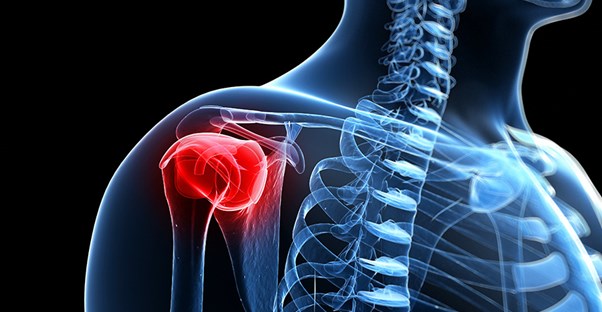Many rotator cuff injuries can be resolved with ice, rest, and slow therapy. However, when non-surgical interventions are not sufficient to heal a rotator cuff injury, a physician may recommend a surgical repair. Here are details and types of surgeries that are commonly practiced on rotator cuff injuries.
Candidates for Surgery
It is important for surgery candidates to be in good health. Patients who have suffered an acute tear where their tendons are still in good condition are more likely to respond well to surgery. It also is recommended for individuals with a chronic tear where exercise and physical therapy were not successful. Surgery is not recommended for individuals who are older than 65 years old or for individuals who have experienced muscle shortening or muscle loss.
Types of Surgery
The first surgical repair developed for a rotator cuff injury was called an open repair. This surgical method continues to be used today for very large or complicated tears. During this repair, an incision is made in the shoulder, and the deltoid muscle is moved in order to obtain access to the tendons below. As medicine has evolved, surgeons have developed a new technique of splitting the deltoid muscle in half instead of completely detaching it.
With newer technology, surgeons have developed an all-arthroscopic repair. This surgery involves making a small incision in the shoulder and inserting a miniature camera called an arthroscope. The surgeon will then use the images transmitted from the camera to guide small surgical instruments to repair the tear. This surgical method can sometimes be completed on an outpatient and tends to have a shorter recovery time.
A third surgery option is called a partial open repair. This surgery utilizes a smaller incision, usually only three to five centimeters. The surgeon uses an arthroscopic camera to perform part of the repair and to remove any bone spurs or other tissue. They complete the remainder of the surgery through the smaller incision without having to move the deltoid muscle.
An additional procedure that a surgeon can perform is called "smooth and move". In some instances of chronic rotator cuff pain, the discomfort is caused by bone spurs, old scar tissue, or tendon fragments. This procedure can remove these items and smooth the joint in an effort to eliminate pain.
Possible Complications with Surgery
One risk associated with an open repair is the possibility of detachment of the deltoid muscle. Since the deltoid is moved during surgery, the possibility of the sutures not holding can be a complication.
Whenever an incision is made into the protective layer of the skin, infection becomes a risk factor. However, preventative measures are taken to reduce this possibility. The surgery is performed in a sterile operating room, and, prior to the first incision, the skin is scrubbed with an antiseptic wash. Additionally, antibiotics are often administered during the surgery.
Another possible complication is the risk of bleeding, however, bleeding extensively enough to require a blood transfusion is very rare.
An additional complication is the possibility of nerve damage and weakness in the arm. This can also cause stiffness or "frozen shoulder." These complications can be addressed in physical therapy, however, occasionally there is a need for further surgical repair.




